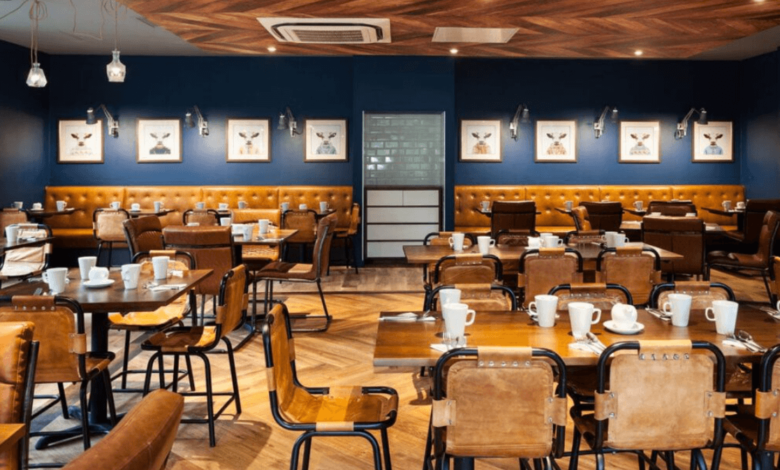Why Choosing the Right Restaurant Tables Matters

The table you sit at can significantly shape your dining experience. It influences not only your comfort but also how much you enjoy the food and conversation. That’s why selecting the right restaurant tables is critical—they’re more than just furniture. They contribute to the overall atmosphere, functionality, and style of your dining space.
Key Considerations When Selecting Restaurant Tables
The type, size, material, and shape of your restaurant tables all play a major role in customer satisfaction and the operational flow of your restaurant. Let’s break down the most important factors:
Table Size
The size of your restaurant tables affects how guests interact and how smoothly your restaurant operates. Tables that are too small can feel cramped, while oversized ones may waste valuable floor space or make guests feel isolated.
You need to consider:
- How many people will typically be seated at each table
- How much room is required for servers and customers to move around
- The balance between maximizing covers and maintaining comfort
The ideal table offers enough surface area for meals, drinks, and personal space without overcrowding the dining area.
See also: How to Start an Uber Business in Dubai?
Material Matters
Restaurant tables must be durable, stylish, and easy to clean. Since tables are constantly in use, they should withstand heavy wear while aligning with the restaurant’s theme.
Common materials include:
- Wood: Offers warmth and charm, perfect for cozy or rustic environments.
- Metal: Durable and often used in modern or industrial-style restaurants.
- Glass: Sleek and elegant, great for upscale or minimalist interiors.
Selecting the right material helps reinforce your brand image and ensures the tables remain functional over time.
Shape and Layout
The shape of your restaurant tables impacts both aesthetics and usability.
- Round tables: Great for intimate settings, they promote easy conversation and make small spaces feel more open.
- Square tables: Ideal for flexibility; they can be grouped together or separated depending on party size.
- Rectangular tables: Suitable for larger groups but can feel awkward if not fully occupied.
The right shape ensures a balance between style and seating capacity.
Finish and Appearance
The finish of a table—its texture, color, and sheen—should align with your restaurant’s interior design. A polished finish can convey elegance, while a rustic or distressed look creates a more laid-back vibe.
A well-chosen finish also contributes to durability by protecting the table from scratches, spills, and daily wear.
Creating the Perfect Atmosphere
The ambiance of a restaurant is heavily influenced by its layout and furniture. Tables that are too close together can make guests feel cramped, while tables that complement lighting and décor contribute to a relaxed and enjoyable environment.
When thoughtfully selected, restaurant tables enhance the visual appeal of your space and support a welcoming, cohesive atmosphere that keeps guests coming back.
Conclusion
Restaurant tables are more than just surfaces for serving food—they’re a crucial part of the dining experience. By choosing the right size, shape, material, and finish, restaurant owners can improve comfort, maximize space, and reflect their brand’s personality. Investing in quality tables not only enhances customer satisfaction but also supports long-term business success.




